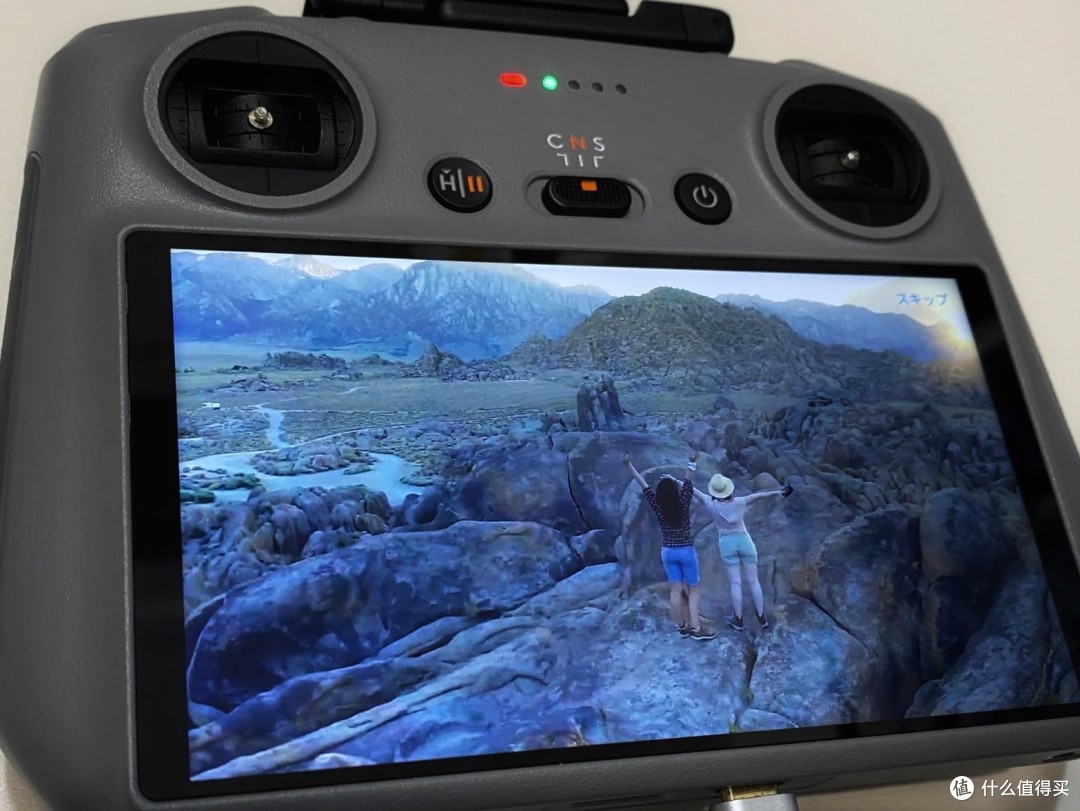In recent years, the advancement in drone technology has revolutionized various industries, with **drones equipped with FLIR cameras** emerging as a game-changer in thermal imaging solutions. These drones are increasingly used in sectors like agriculture, construction, emergency services, and wildlife monitoring due to their ability to capture infrared radiation, translating it into clear images for analysis.
Why Choose Drones with FLIR Cameras?
FLIR cameras, known for their precision and clarity, significantly enhance a drone’s capability to detect temperature variations, spots of thermal energy, and invisible issues that need attention. This makes them indispensable for applications where visibility is compromised, such as in smoke-filled environments or during nighttime operations.
 , offering a safer and faster alternative to traditional methods.
, offering a safer and faster alternative to traditional methods.Applications Across Industries
- Agriculture: Drones with FLIR cameras help farmers monitor crop health and detect areas suffering from disease or pest infestation, aiding in timely interventions.
- Construction: With their ability to perform thermal scans, these drones can pinpoint energy loss from buildings, allowing for targeted improvements in insulation.
- Emergency Services: FLIR-equipped drones are used by rescue teams to locate individuals in disaster zones, offering invaluable information in scenarios where time is of the essence.
- Wildlife Monitoring: Conservationists use these drones to track the heat signatures of animals, enabling effective monitoring and protection strategies.

With drones powered by FLIR cameras, industrial inspections are transformed. The ability to fly over hard-to-reach areas while transmitting thermal data back in real-time makes them crucial for tasks like evaluating infrastructure integrity and detecting overheating elements in power lines.
Besides offering dynamic thermal imaging, these drones boast high-resolution visual imaging capabilities, providing a comprehensive overview of areas under surveillance. Furthermore, easy setup and user-friendly interfaces make them accessible even for those new to drone technology.
FAQs
Q1: Can drones with FLIR cameras operate in all weather conditions?
Yes, most drones equipped with FLIR cameras are designed to function in various weather conditions, although extreme scenarios like heavy rains may still pose challenges.
Q2: How far can FLIR cameras penetrate?
FLIR cameras can detect thermal energy up to several hundred meters, but the effectiveness is contingent on factors such as environmental conditions and the drone’s altitude.
Q3: Do FLIR-equipped drones require special training to operate?
While basic training on drone operation is recommended, the intuitive design and user-friendly interface make mastering these drones relatively straightforward.
As industries continue to seek ways to enhance operational efficiency, the role of drones with FLIR cameras becomes increasingly pivotal. These devices not only provide stunning thermal images but also deliver critical insights that lead to improved decision-making and resource management. Enabling professionals to visualize the world in infrared, they are redefining what is possible in safeguarding and optimizing environments.